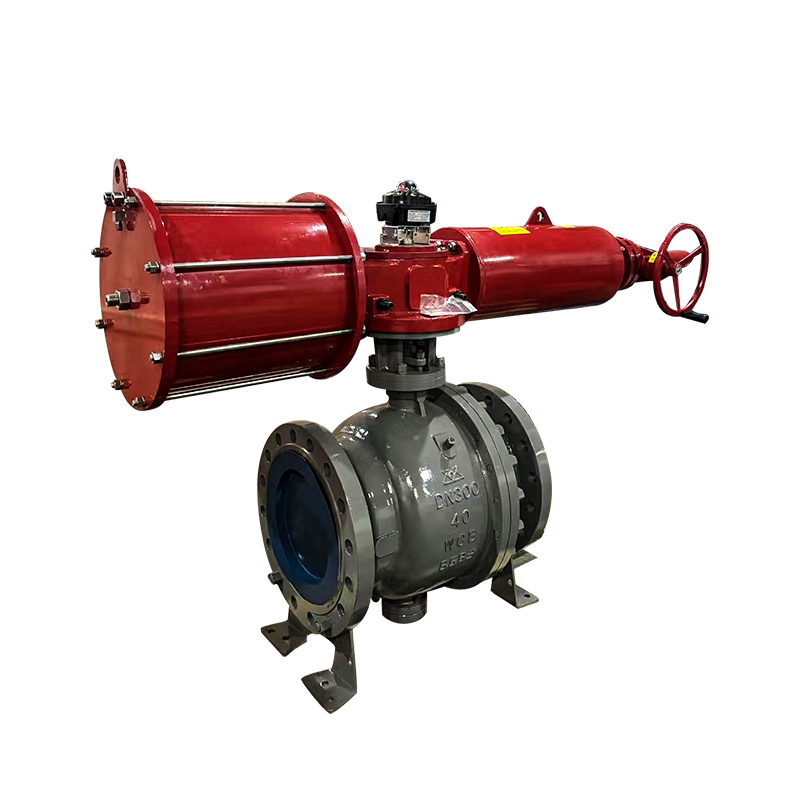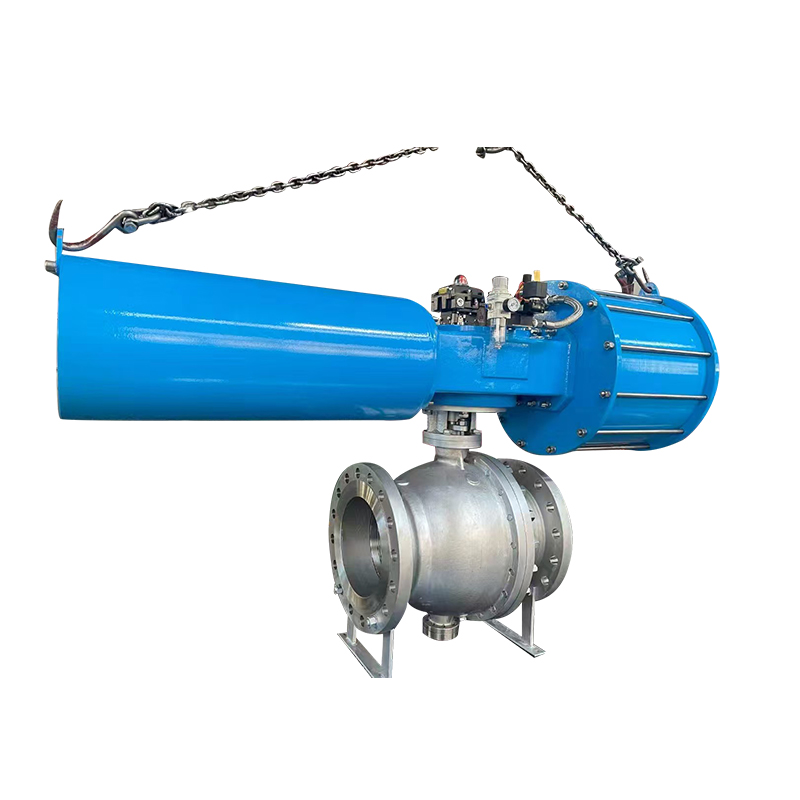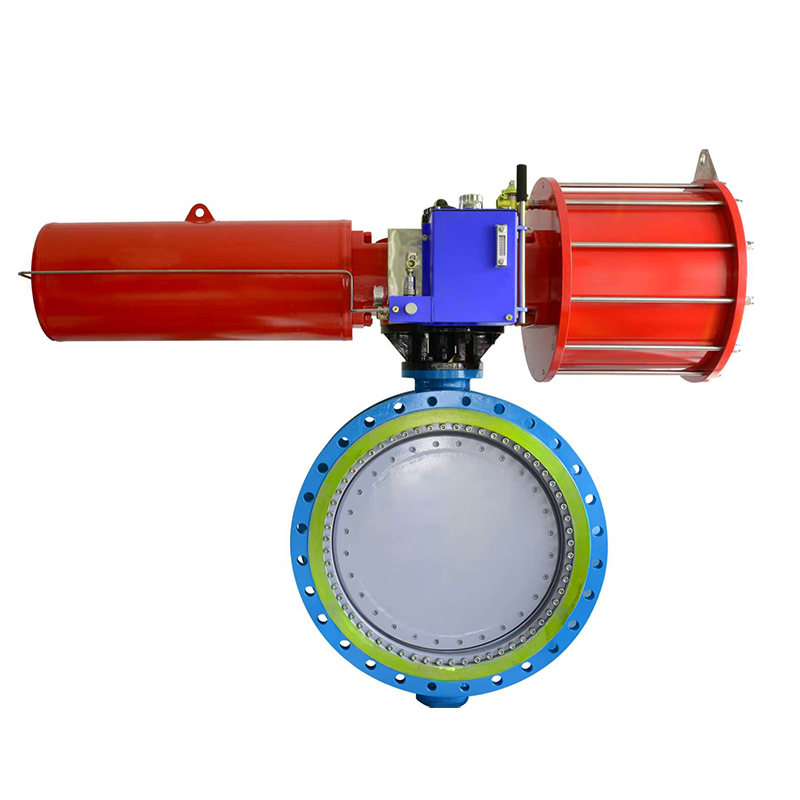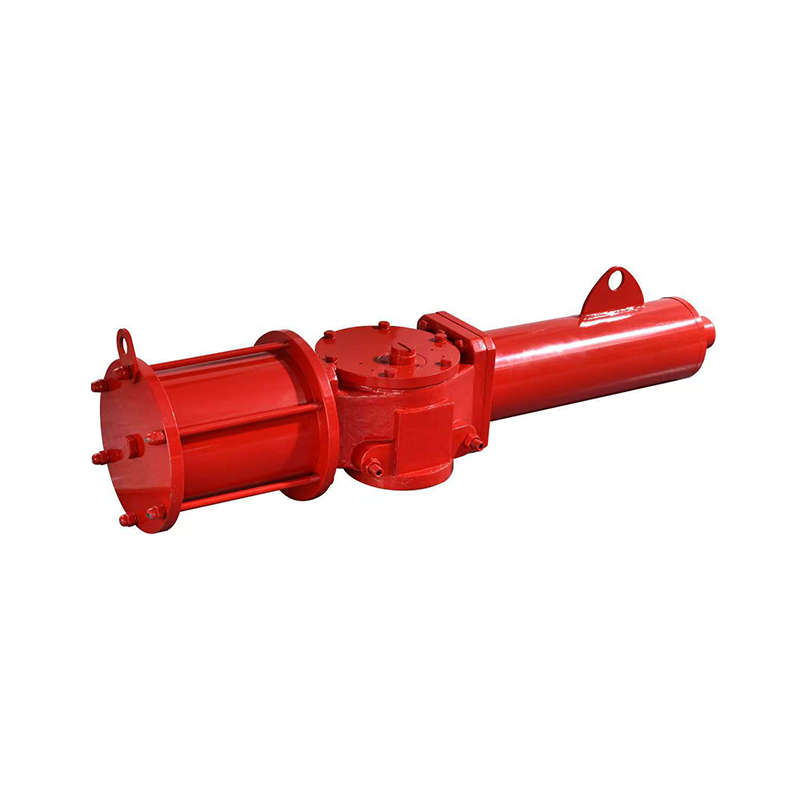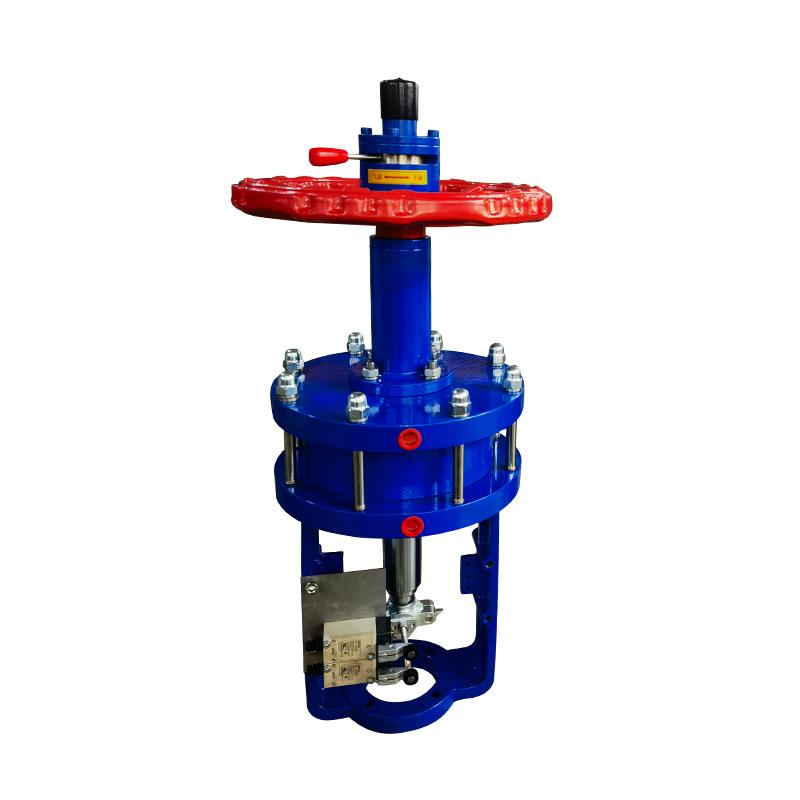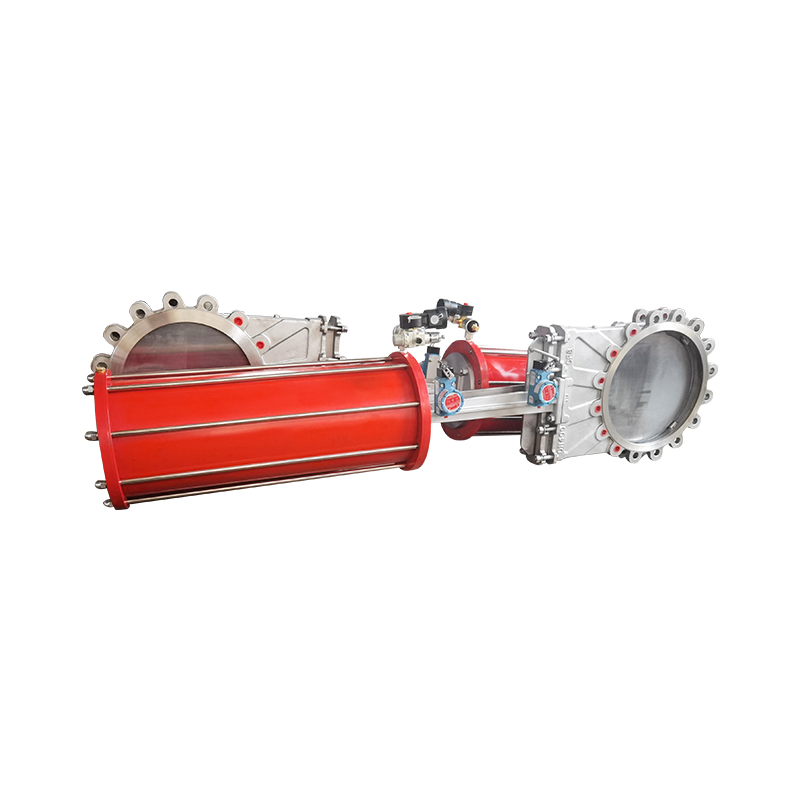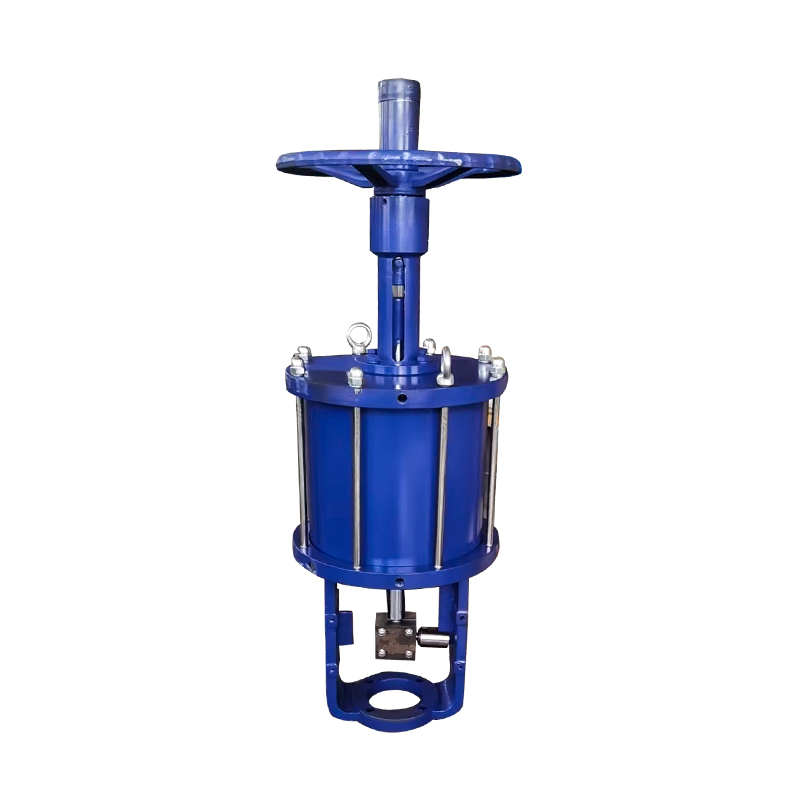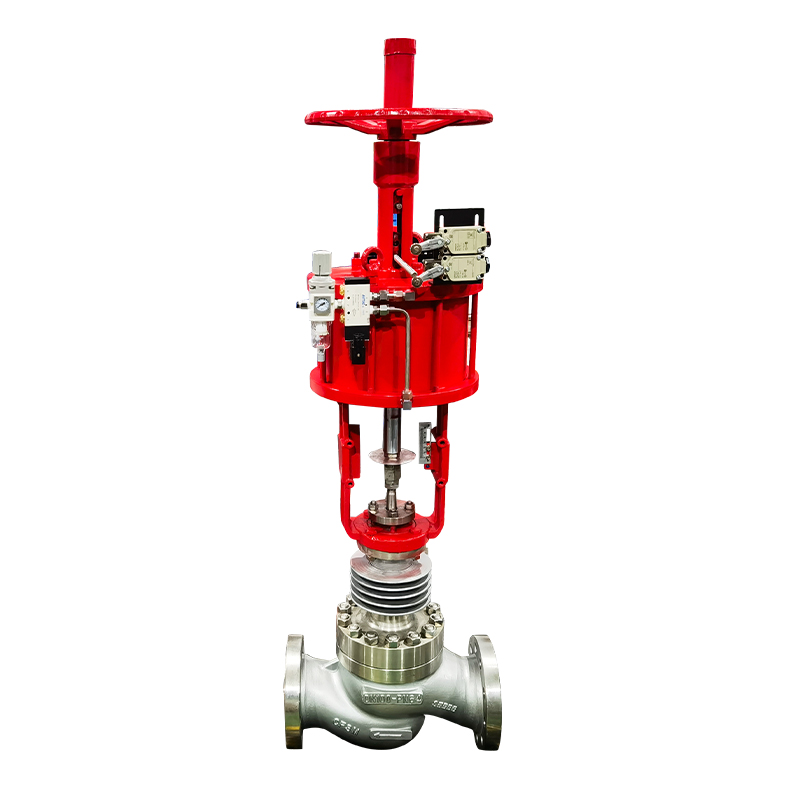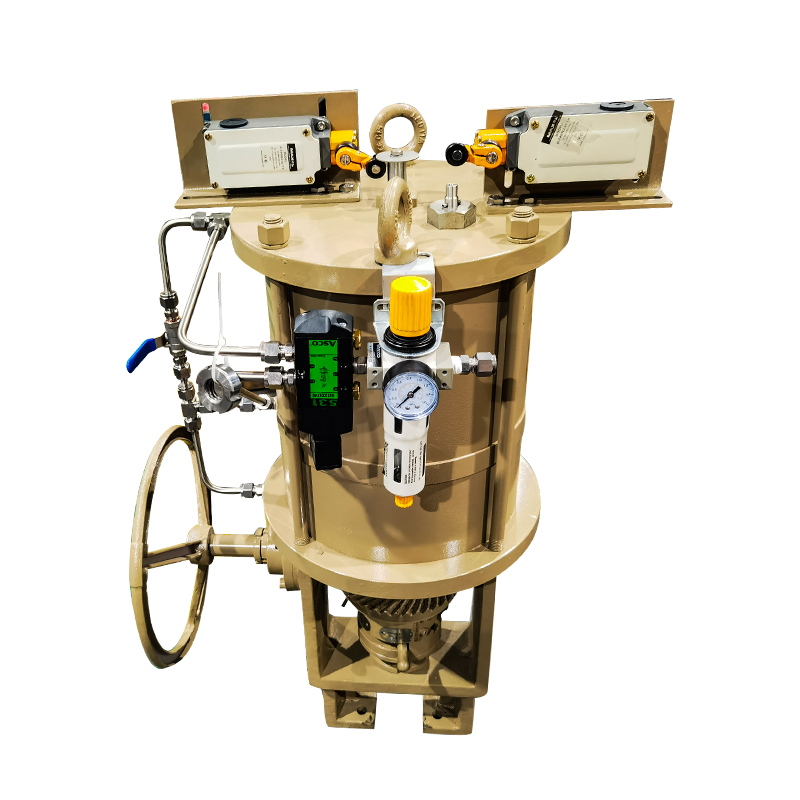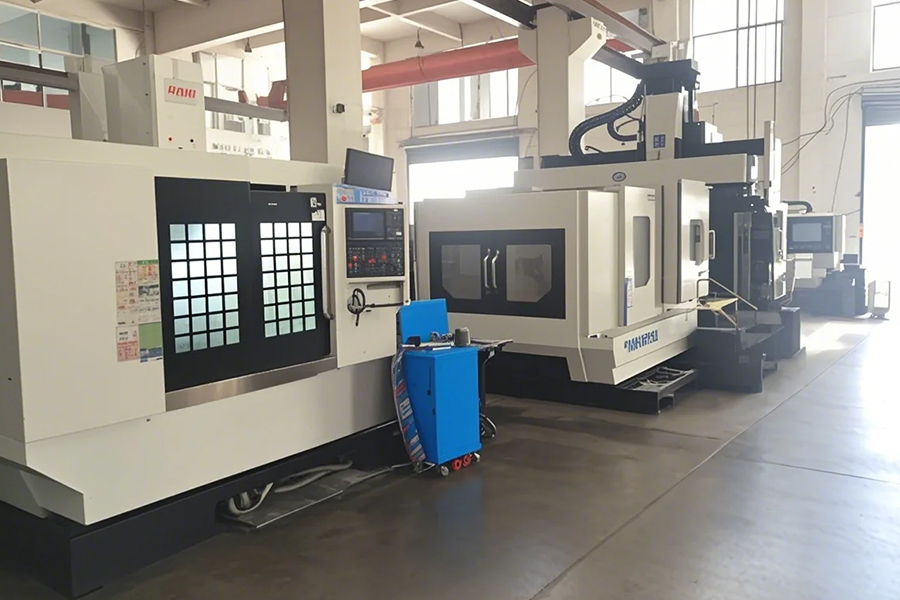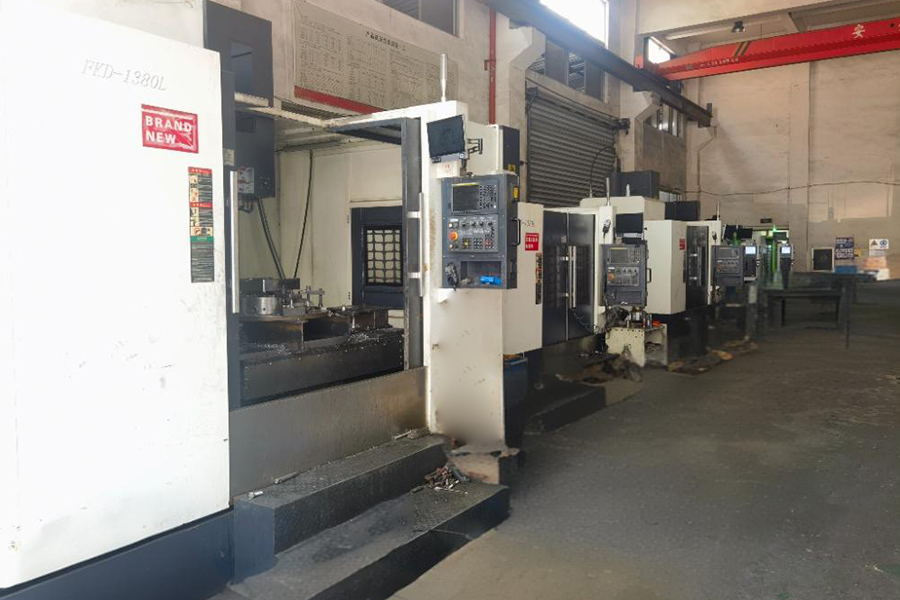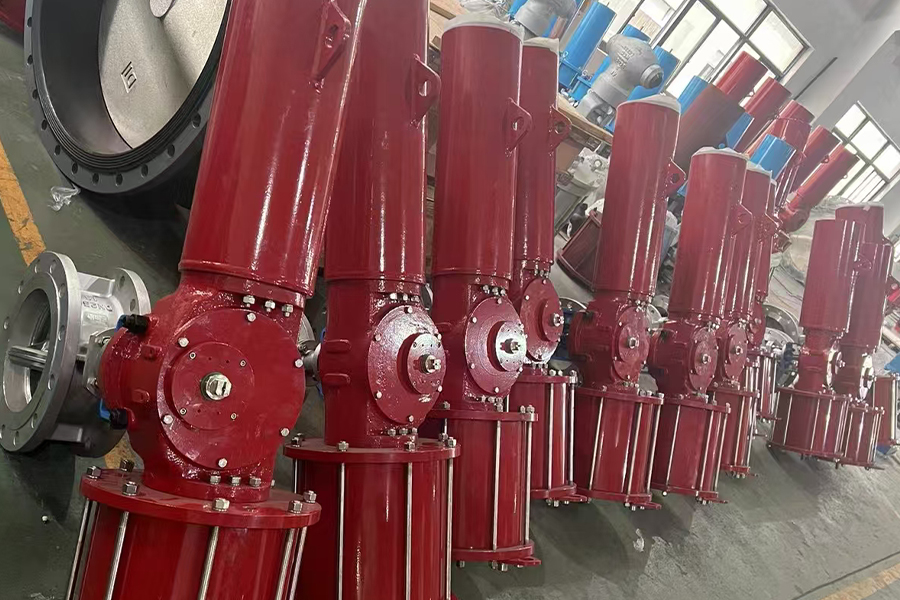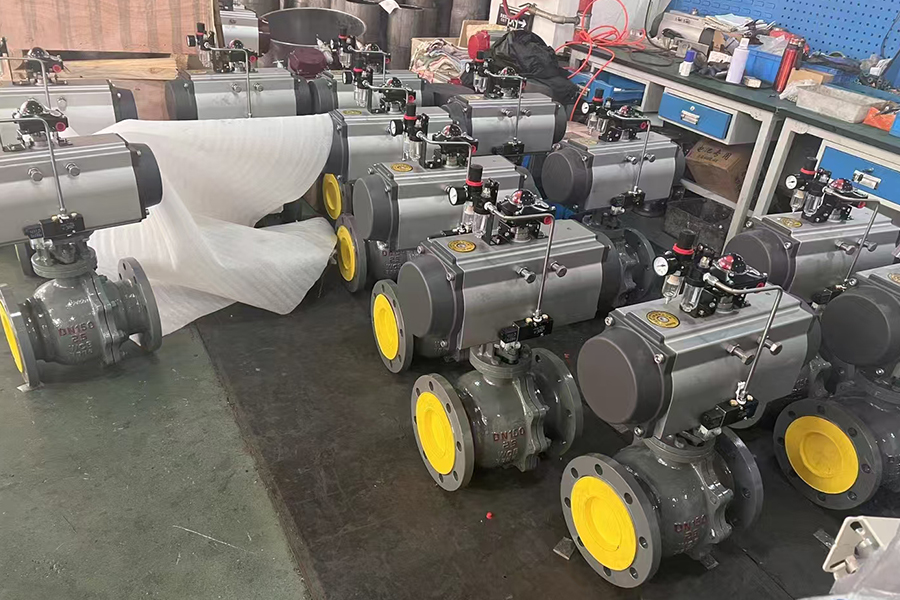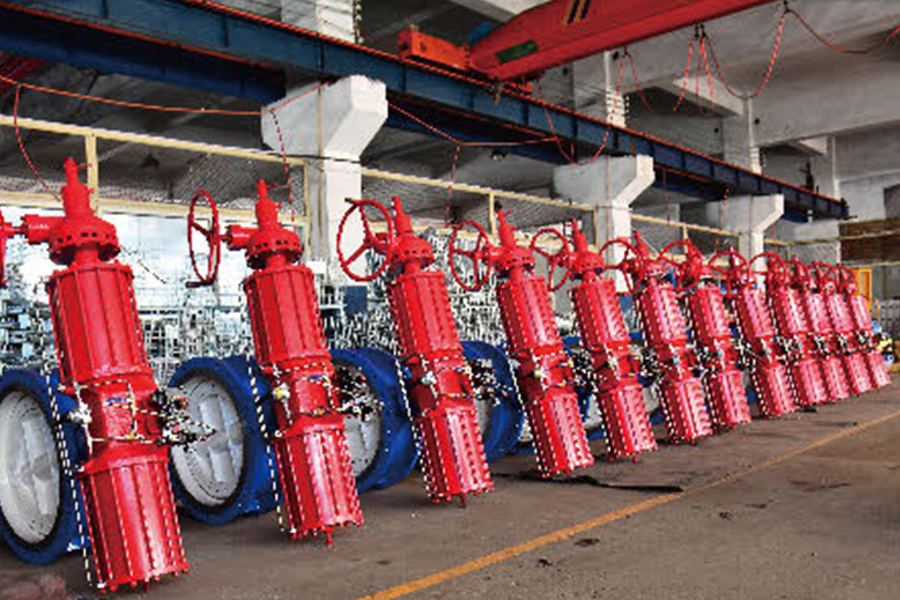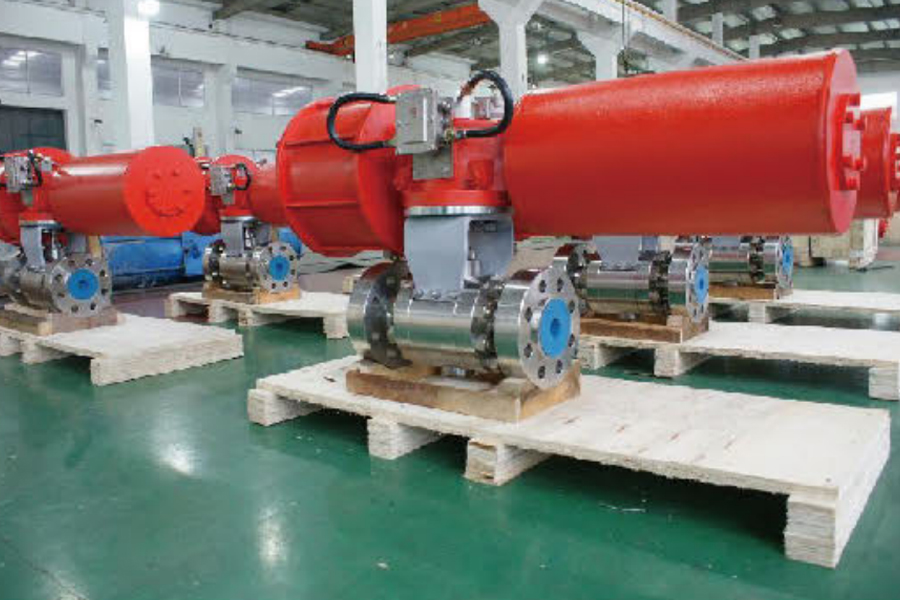The choice of stainless steel for an air actuated ball valve is influenced by its balance of mechanical properties, corrosion resistance, and versatility in diverse industrial environments. These valves are widely used in industries such as chemical processing, food and beverage, water treatment, oil and gas, and pharmaceuticals.
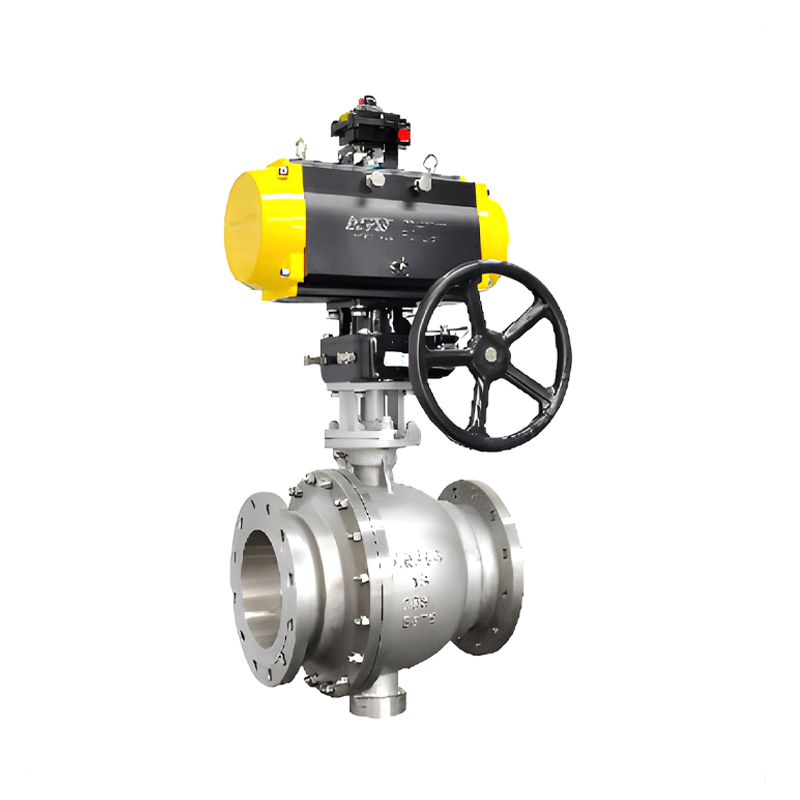
Corrosion resistance is one of the main reasons stainless steel is preferred. Unlike other metals, stainless steel forms a passive chromium oxide layer on its surface, which helps prevent corrosion even when exposed to aggressive chemicals, saltwater, or varying pH levels. This feature significantly enhances the valve's durability in harsh operating conditions.
Mechanical strength and temperature tolerance are also important. Stainless steel maintains structural integrity under high pressure and fluctuating temperatures. This makes stainless steel air actuated ball valves suitable for both standard and demanding applications.
From a hygiene standpoint, stainless steel is also easy to clean and non-reactive, which is essential in applications like food processing or pharmaceuticals where contamination must be avoided.
In terms of longevity, stainless steel components typically have a longer service life, reducing the frequency of replacements and maintenance costs. Although these valves may come at a higher initial price, the long-term value in terms of performance and reliability often justifies the investment.
Therefore, the stainless steel air actuated ball valve is selected not only for its strength and durability but also for its ability to perform reliably across a broad range of challenging conditions.
The combination of a ball valve with actuator and positioner is designed to deliver precise control, automated operation, and reliable performance in both simple and complex systems. This setup is increasingly adopted in industrial processes where regulation and monitoring are essential.
One of the important advantages is automation and control precision. The actuator, typically pneumatic, provides the mechanical force needed to rotate the valve. When paired with a positioner, the system receives feedback and adjusts valve position based on real-time control signals. This ensures that the valve does not simply open or close but positions itself precisely according to process requirements.
Energy efficiency and response speed are enhanced through this combination. Pneumatic actuators respond quickly to control signals, allowing for fast opening or closing of the valve. This rapid response is beneficial in applications that require timely flow adjustments or emergency shutoff capabilities.
The positioner enhances system feedback by confirming the valve's actual position relative to the control signal. This feedback loop allows for greater accuracy, reduces hysteresis, and supports diagnostic functions, such as detecting blockages or leaks. Some advanced positioners also provide digital communication capabilities for integration with industrial automation systems.
Another significant benefit is improved safety and operational consistency. In critical processes, inconsistent flow control can bring about system failures or safety hazards. A ball valve with actuator and positioner minimizes human intervention, reducing the chance of manual error and ensuring repeatable, reliable operation.
Furthermore, this setup often contributes to lower maintenance over time. By enabling smooth, controlled movements and reducing wear on valve components, the system remains operational for longer periods without requiring frequent attention.
Lastly, the versatility of this combination allows it to be used across various industries, including power generation, petrochemical processing, water management, and food production, where efficiency and accuracy are vital.








